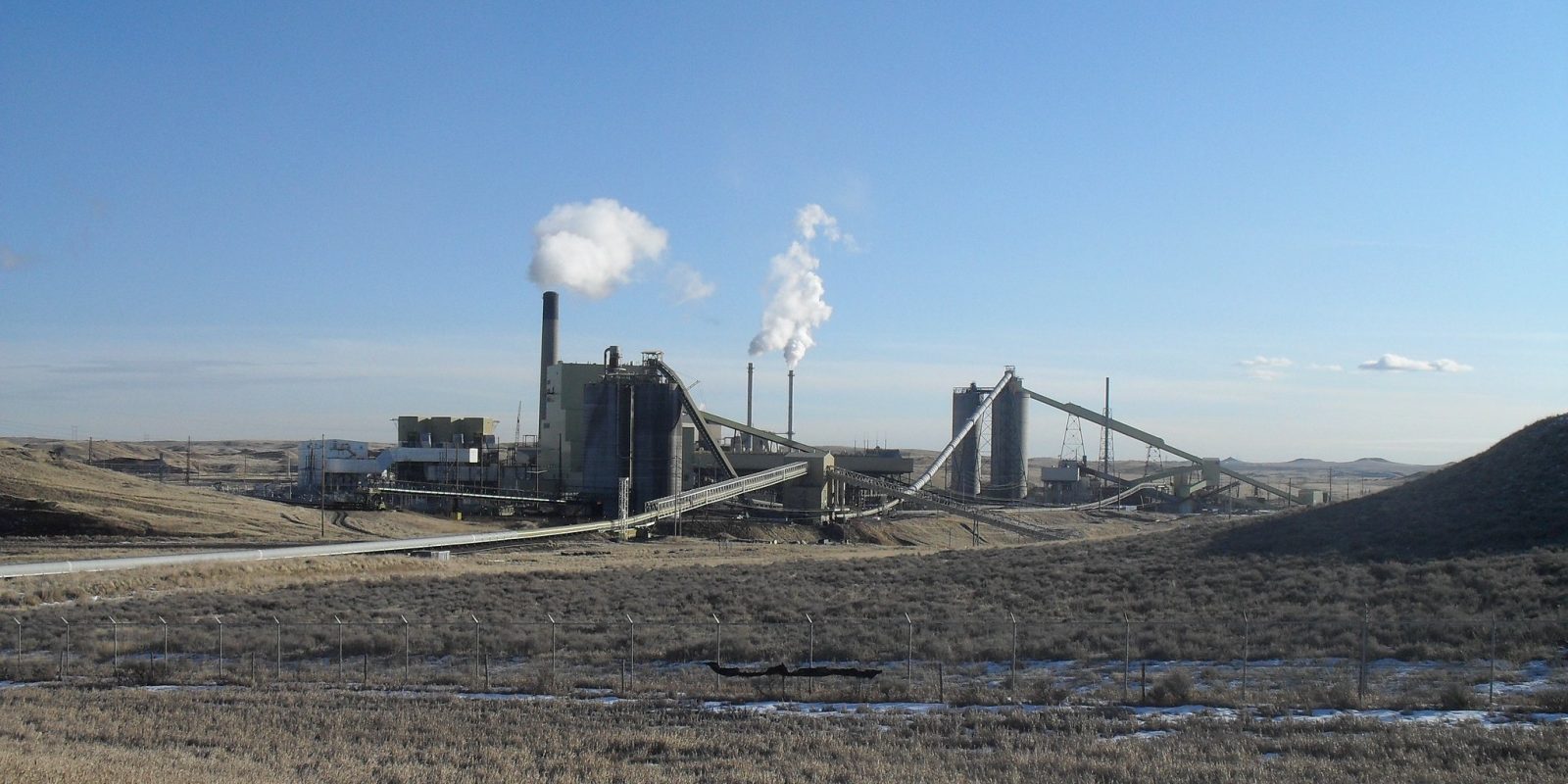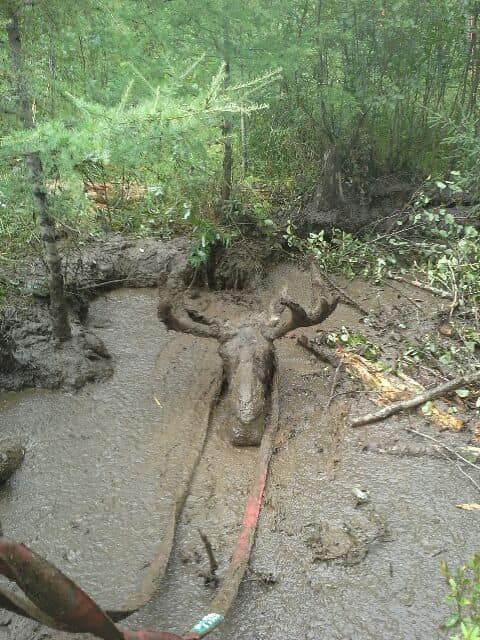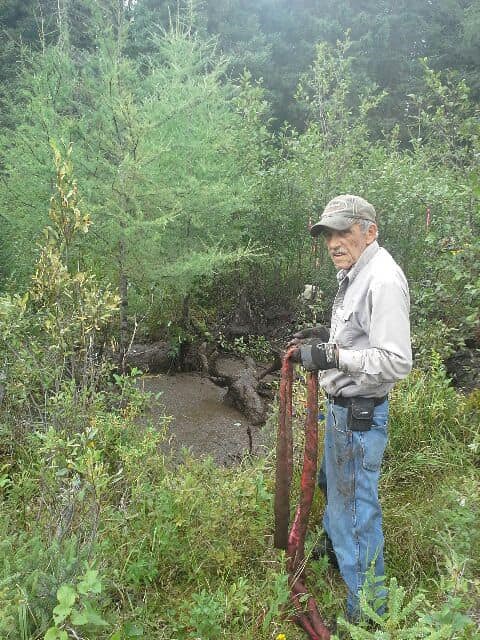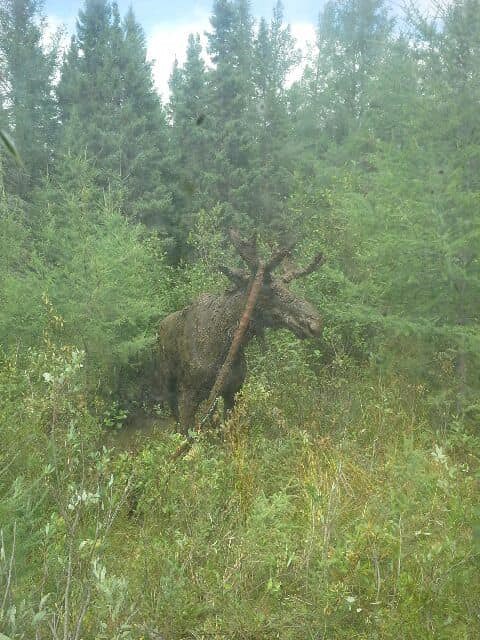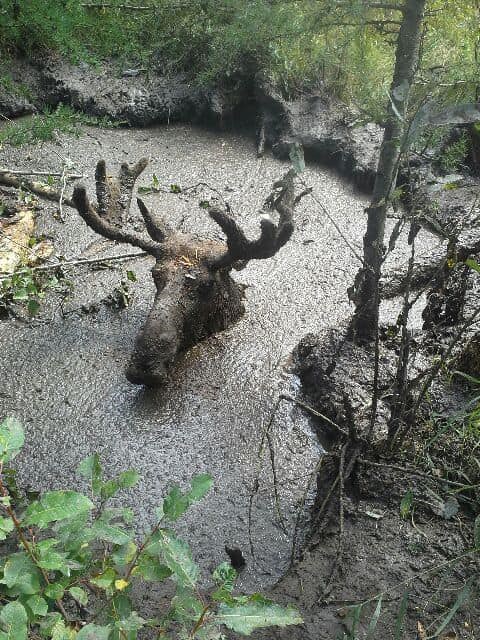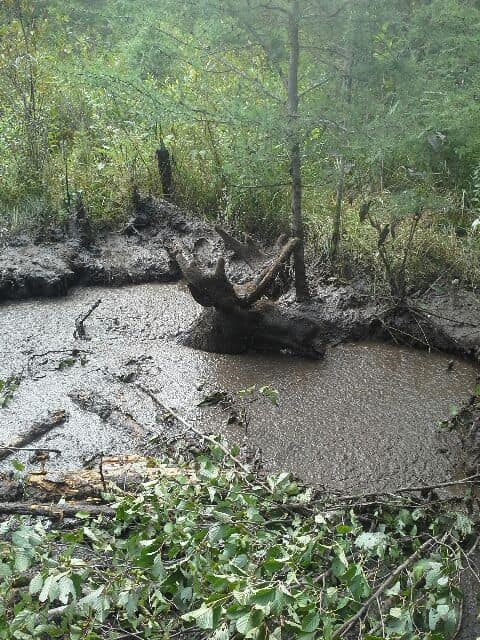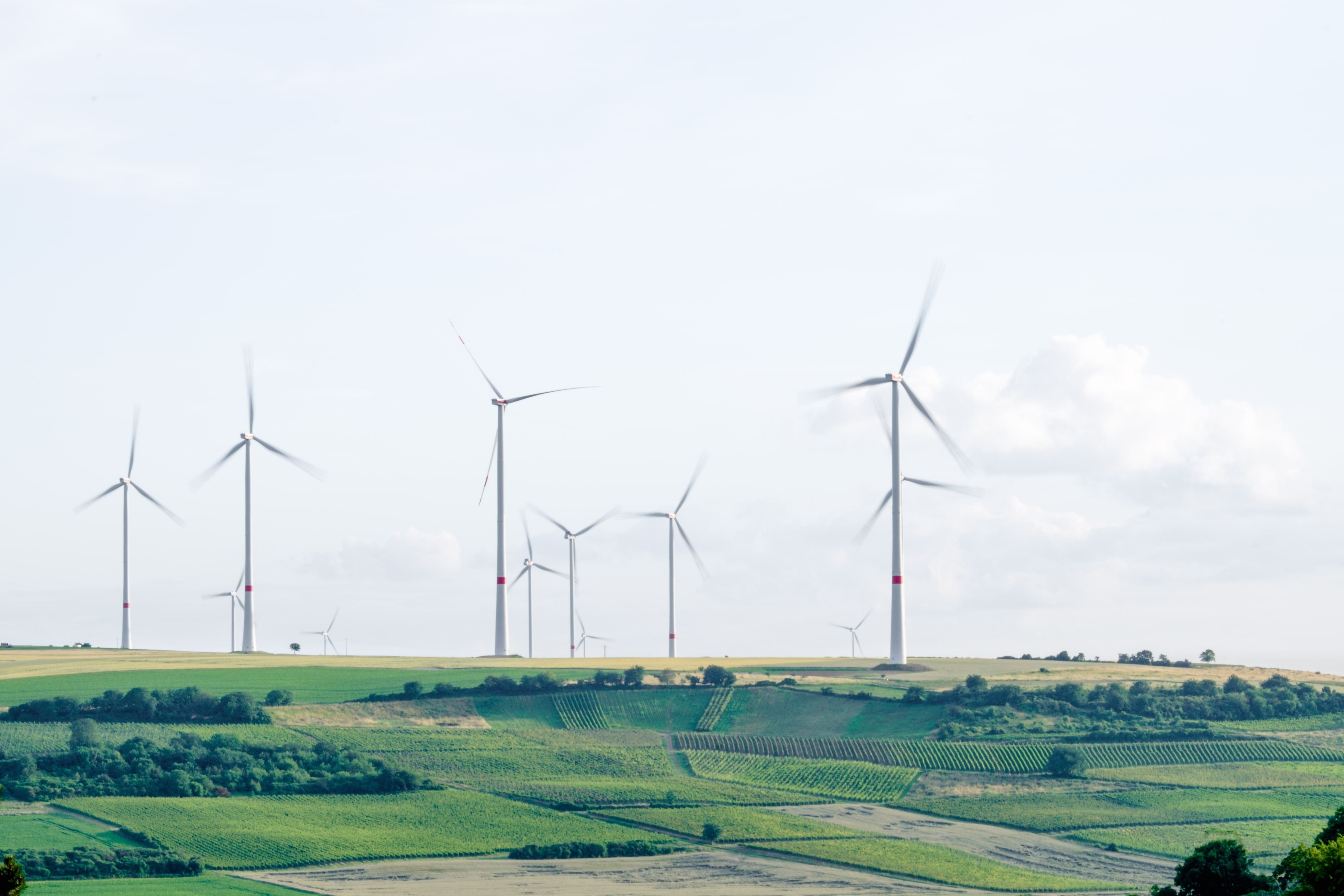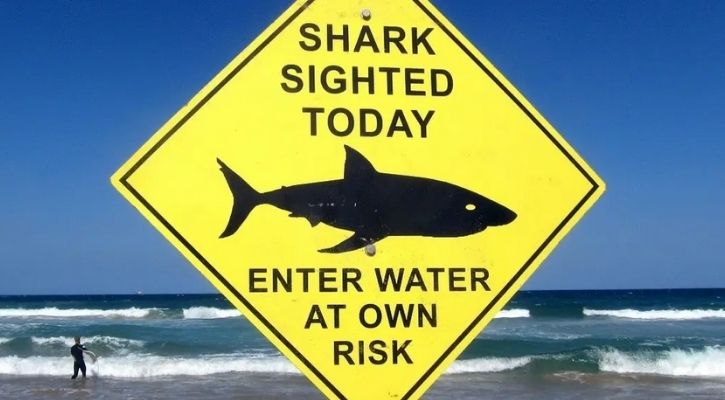2020 sees record for land-based wind generation, 24% increase in pipeline of offshore wind energy — laying the foundation for rapid growth in years to come.

ByU.S. Department of Energy
Published 2 hours ago
WASHINGTON, D.C. — The U.S. Department of Energy (DOE) today released three reports showing record growth in land-based wind energy, significant expansion of the pipeline for offshore wind projects, and continued decline in the cost of wind energy generation — laying the groundwork for significant future gains as the Biden Administration pursues rapid acceleration of renewable energy deployment to reach its goal of 100% clean electricity by 2035.
“These reports contain such terrific news: the U.S. installed a record-breaking amount of land-based wind energy last year. They underscore both the progress made and the capacity for much more affordable wind power to come – all necessary to reach President Biden’s goal of a decarbonized electricity sector by 2035,” said Secretary of Energy Jennifer M. Granholm. “At DOE, we will double down on efforts to deploy more wind energy around the country as we also pursue technologies to make turbines even cheaper and more efficient.”
More wind energy was installed in 2020 than any other energy source, accounting for 42% of new U.S. capacity. The U.S. wind industry supports 116,800 jobs.
The 2021 edition of the Land-Based Wind Market Report, prepared by DOE’s Lawrence Berkeley National Laboratory, detailed a record 16,836 megawatts (MW) of new utility-scale land-based wind power capacity added in 2020 – representing $24.6 billion of investment in new wind power projects. Other findings from the report include:
Wind energy provided more than 10% of total in-state electricity generation in 16 states. Most notably, wind power provided 57% of Iowa’s in-state electricity generation, while wind provided more than 30% of electricity in Kansas, Oklahoma, South Dakota, and North Dakota.
New utility-scale land-based wind turbines were installed in 25 states in 2020. Texas installed the most capacity with 4,137 MW. Other leading states include Iowa, Oklahoma, Wyoming, Illinois, and Missouri — all of which added more than 1,000 MW of capacity in 2020.
Wind turbines continue to grow in size and power, leading to more energy produced at lower costs. The average nameplate capacity of newly installed wind turbines grew 8% from 2019 to 2.75 MW.
Wind turbine prices have steeply declined from levels seen a decade ago, from $1,800/kW in 2008 to $770–$850 per kilowatt (kW) now.
The health and climate benefits of wind energy installed in 2020 were valued at $76 per MWh, far greater than the cost of wind energy.
The 2021 edition of the Offshore Wind Market Report, prepared by DOE’s National Renewable Energy Laboratory, found that the pipeline for U.S. offshore wind energy projects grew to 35,324 MW, a 24% increase over the previous year. Other details of the report include:
The Bureau of Ocean Management created five new wind energy areas in the New York Bight with a total of 9,800 MW of capacity, representing most of the 2020-2021 growth of the U.S. pipeline.
The Block Island Wind Farm (30 MW) off the coast of Rhode Island and the Coastal Virginia Offshore Wind pilot (12 MW) are the first two projects operating off U.S. coasts. Massachusetts’ Vineyard Wind I became the first approved commercial-scale offshore wind energy project in the United States.
Massachusetts, North Carolina, and Virginia all increased offshore wind procurement targets in 2020 and early 2021. In total, state goals grew by 15,600 MW, from about 24,000 MW by 2035 in 2019 to almost 40,000 MW by 2040.
The 2021 edition of the Distributed Wind Market Report, prepared by DOE’s Pacific Northwest National Laboratory, noted that eleven states added a total of 14.7 MW of capacity, 1,493 turbines, and $41 million for new investment in distributed wind installations in 2020.
Cumulative U.S. distributed wind capacity stands at 1,055 MW from more than 87,000 wind turbines across all 50 states, Puerto Rico, the U.S. Virgin Islands, and Guam.
Agricultural and residential customers accounted for the largest percentage of distributed wind projects installed in 2020 (36% and 24%, respectively), while utility and industrial customers accounted for the largest share of distributed wind capacity installed (58% and 37%, respectively).
Small wind retrofits — new turbines installed on existing towers and foundations — have become more common, accounting for 80% of small wind capacity installed in 2020.

Land-Based Wind Market Report: 2021 Edition
The three market reports are available at energy.gov/windreport. To learn more about DOE’s wind energy research, visit the Wind Energy Technologies Office homepage.
Offshore Wind Market Report
Distributed Wind Market Report
Land-Based Wind Market Report: 2021 Edition Released
Article courtesy of office of Energy Efficiency & Renewable Energy.
Building a few gigantic wind turbines is more efficient than building many smaller ones, scientists say.
By Audrey Carleton
30.8.21

IMAGE: MINGYANG SMART ENERGY
Chinese renewable energy infrastructure company MingYang Smart Energy just announced it is building an 800-foot-tall offshore wind turbine, the largest in the world.
The colossal MySE 16.0-242 is a behemoth, with 387-foot blades that traverse nearly half a million square feet (around the size of 10 football fields). Most interesting about this big-ass turbine, however, is that, alone, it can create more power than many smaller wind turbines combined. Scientists and companies increasingly believe that a key to creating more efficient wind turbines is to simply make the turbines themselves positively gigantic.
The Department of Energy released a report Monday finding that turbines like MingYang’s are likely the future of wind energy, and that over the next decade turbines are going to get larger.
“Back in 2010, no turbines in the United States employed rotors that were 115 meters (380 feet) in diameter or larger,” the DOE wrote. “In 2020, 91 percent of newly installed turbines featured such rotors. The average rotor diameter in 2020 was about 125 meters (410 feet)—longer than a football field.”
IMAGE: DEPARTMENT OF ENERGY
Eric Lantz, group research manager at the National Renewable Energy Laboratory (NREL), also says large turbines are the future of wind energy.
“The fewer turbines you put up per unit of energy in general results in a lower cost of energy,” Lantz said.
Having co-authored a study on wind turbine size for NREL in 2015, Lantz says taller turbines are more efficient than shorter ones in a few different ways: They reach higher-quality winds and surpass obstructions like mountains, hills, trees, or buildings that would otherwise limit the volume and speed of breezes that a turbine can access.
“As you get higher above ground, you get into better resource quality,” Lantz said. “Surface obstructions that slow the wind down, the higher you get above those, the more you get into free-flowing wind.”
Wind speeds also increase substantially with altitude: Lantz’s own research found that moving from 80 to 160 meters sees wind speeds increase from 1 to 1.5 meters per second. Faster winds generate more energy, so taller turbines are generally more efficient than shorter ones.
The MySE 16.0-242 boasts 16 megawatts of power, nearly 10 times the mean capacity of U.S. turbines, and is capable of powering 20,000 homes on its own over its 25-year service life. That’s 45 percent more than MingYang’s now second-largest turbine, the MySE 11.0-203, and enough to eliminate more than 1.6 million tons of carbon dioxide emissions from energy generation, the company claims.
“The launch of our new largest wind turbine, MySE 16.0-242, is an apt illustration of the three essential drivers to technology evolution—demand, combination and iteration,” Qiying Zhang, president and chief technology officer of Ming Yang said in a press release.
Not all turbine locations are created equal, though: tops of hills, open plains and waters and tunnel-like gaps between and within mountain ranges are all ideal spots for turbines, according to the U.S. Energy Information Administration (EIA). In the US, where wind farms are often sited in vast, open prairies with little in the way, larger turbines aren’t worth the cost, Lantz says. “The most wind-rich regions of the country generally show an economic preference for the lowest considered tower height,” his report says, noting that higher turbine heights make more of a difference for energy generation east of the Rocky Mountains.
West of the Rockies, taller turbines aren’t always worth the extra upfront expense: Though wind turbine prices are dropping across the board (now hovering around $750 per kilowatt of energy they generate), taller wind turbines require larger volumes of raw materials, both for their larger size and for the extra material required to provide structural reinforcement to keep them standing. Countries in Northern Europe, for example, where land for wind farms is more expensive, stand to gain more from bigger turbines than the US does, he notes.
Regardless, from a logistical standpoint, it’s generally better to plant fewer turbines than more, Lantz says, because each one requires hurdles in siting, maintenance and management: Looking for one ideal spot for a massive turbine is easier than looking for a large swath of land to plant dozens of them, and repairing a single turbine, with one set of parts, is easier than repairing many.
“The fewer moving parts you have, the fewer possibilities of failure,” Lantz said. “Reducing the number of machines that you have to maintain and service can provide an opportunity for operations maintenance cost savings.”
Since 2012, the average turbine in the US has hovered around 280 feet, the EIA reports, a height that was hard to come by just a few years before. The average size of offshore turbines, like the MySE 16.0-242, has grown by 3.4 times since 2000, and will likely continue to grow.
Turbines will eventually reach a point where they can’t get any bigger, says Lantz, who predicts that at a certain altitude, they risk intercepting air routes and will require permitting from agencies like the Department of Defense or the Federal Aviation Administration. At which point, the administrative hurdle won’t be worth the effort. For now, the MySE holds the title of tallest turbine, but it likely won’t be that way for long as manufacturers across the sector innovate upward, he says. It’s a booming industry, one full of players who are all, literally, racing to the top.
“We still believe that it is gonna top out eventually, people have kind of given up on making predictions on precisely when that might occur,” he says. “Even those of us that do it every day, we don't know what the future will hold.”
Renewable energy blogs quickly lauded the turbine on Wednesday as demonstrating clean energy’s potential for scalability. China, for example, has set its sights on carbon neutrality by 2060. The Biden Administration, for its part, is aiming to achieve a carbon pollution-free power sector by 2035. Reaching these metrics will require scaling up rapidly. Maybe part of the way we do it is with huge, huge wind turbines.\





